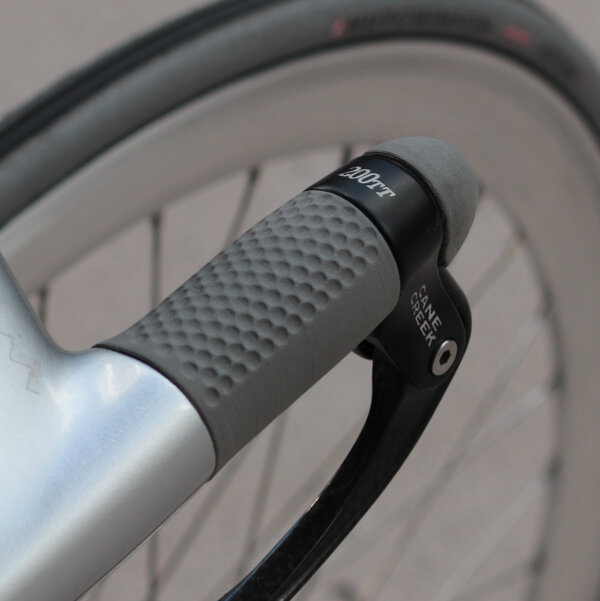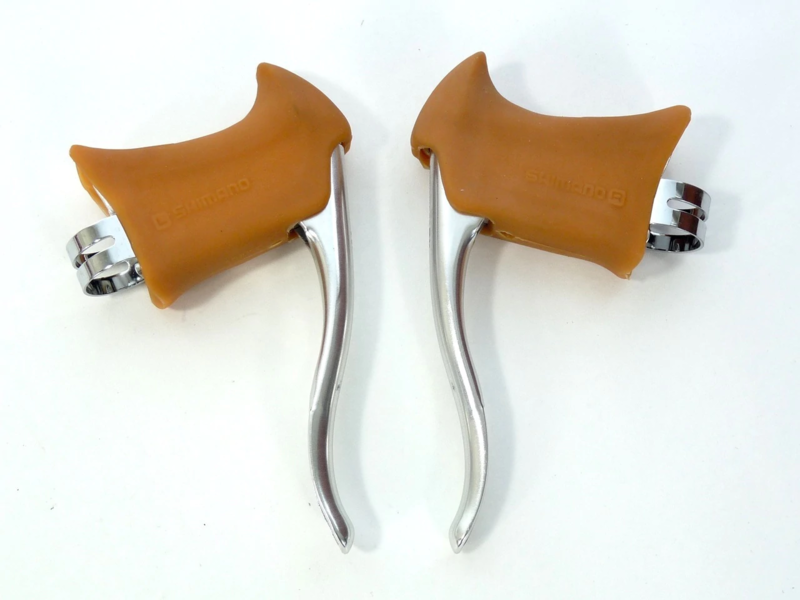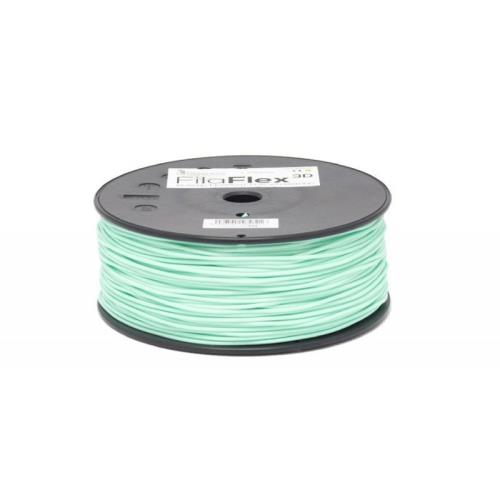SuperSid
Old School Hero
For a bike project I recently finished, I wanted to fit some Shimano 600 AX brake calipers, I found some second hand ones cheap and also received some 600 AX brake levers with my purchase.
As you might have guessed there were no hoods, they had obviously shriveled up and disintegrated with age. Unfortunately you can't find replacement hoods unless you pay a fortune for extremely rare NOS items still in their plastic packet. So my AX brake levers will most likely remain in my parts bin (I realise there are some Dia compe hoods or others that might fit over the levers but they don't look right)
I'm an industrial designer, I know how to 3D model and have produced quite a few useful 3D printed parts for my bikes. I have scanned several parts and used the scan data as a base to recreate the product with my 3D software.
It got me thinking, if someone somewhere could get an intact AX brake hood 3D scanned at a 3D scanning/modelling/printing specialist, an accurate 3D model could be created and 3D printed in soft TPU to cover all those naked AX levers lying in parts bins around the world.
There are websites from where people with 3D printers at home (that are able to print flexible filaments) can download the file and print the model in the filament and colour of their choice:
https://grabcad.com/library?page=1&time=all_time&sort=recent&query=brake leverhttps://www.thingiverse.com/search?q=brake+lever&type=things&sort=relevant
I suggest that you list the part that you need here with pics and other relevant info just in case someone has that part and can get it scanned, (you might have to agree to pay for the scanning costs) There might be other 3D modellers on this website that are able to model the part from the scan.
It's like an open source project where retrobike lovers help each other out.
As you might have guessed there were no hoods, they had obviously shriveled up and disintegrated with age. Unfortunately you can't find replacement hoods unless you pay a fortune for extremely rare NOS items still in their plastic packet. So my AX brake levers will most likely remain in my parts bin (I realise there are some Dia compe hoods or others that might fit over the levers but they don't look right)
I'm an industrial designer, I know how to 3D model and have produced quite a few useful 3D printed parts for my bikes. I have scanned several parts and used the scan data as a base to recreate the product with my 3D software.
It got me thinking, if someone somewhere could get an intact AX brake hood 3D scanned at a 3D scanning/modelling/printing specialist, an accurate 3D model could be created and 3D printed in soft TPU to cover all those naked AX levers lying in parts bins around the world.
There are websites from where people with 3D printers at home (that are able to print flexible filaments) can download the file and print the model in the filament and colour of their choice:
https://grabcad.com/library?page=1&time=all_time&sort=recent&query=brake leverhttps://www.thingiverse.com/search?q=brake+lever&type=things&sort=relevant
I suggest that you list the part that you need here with pics and other relevant info just in case someone has that part and can get it scanned, (you might have to agree to pay for the scanning costs) There might be other 3D modellers on this website that are able to model the part from the scan.
It's like an open source project where retrobike lovers help each other out.


